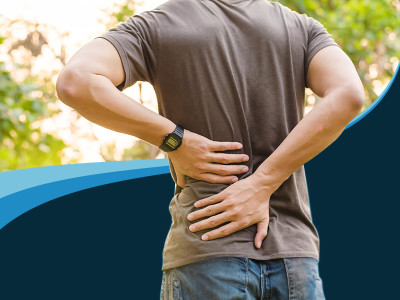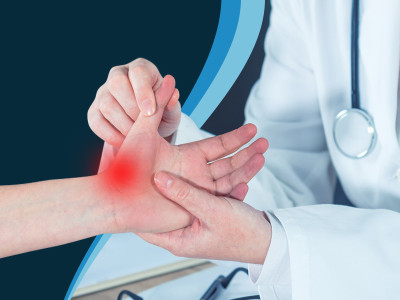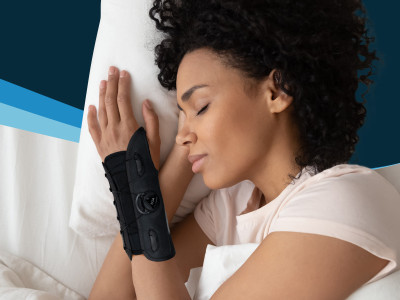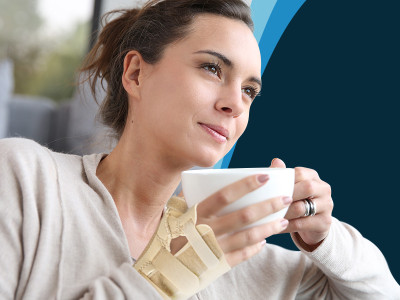Posted by Michael Foster-Reed on 27th Jun 2019
Suffering pain in the bottom half of your body? There’s a possibility that you could be suffering from Sciatica. Pain in you lower body can be a real hindrance on your day-today life, making it difficult to even move around, which can be a big mood dampener.
Let’s use this blog to take a look art what Sciatica is and how you can speed up your recovery so you can get back to feeling good as new!
What is Sciatica?
Sciatica, otherwise known as lumbar radicular pain, is an injury caused by an irritation to your sciatic nerve. The sciatic nerve is actually the largest nerve in your body, going all the way from you lower spine, past the buttocks, into the back of your thighs and ending at your feet. Its primary purpose is to connect your spinal cord to your feet and leg muscles.
So, what happens when this nerve becomes irritated? Well, your lower back, buttocks, feet, toes or the back of your legs will probably feel painful, numb and/or weak. These symptoms can often be worse if you are moving around, sneezing or coughing. The pain will often start from your lower back, then begin to radiate downwards, affecting the rest of your lower body.
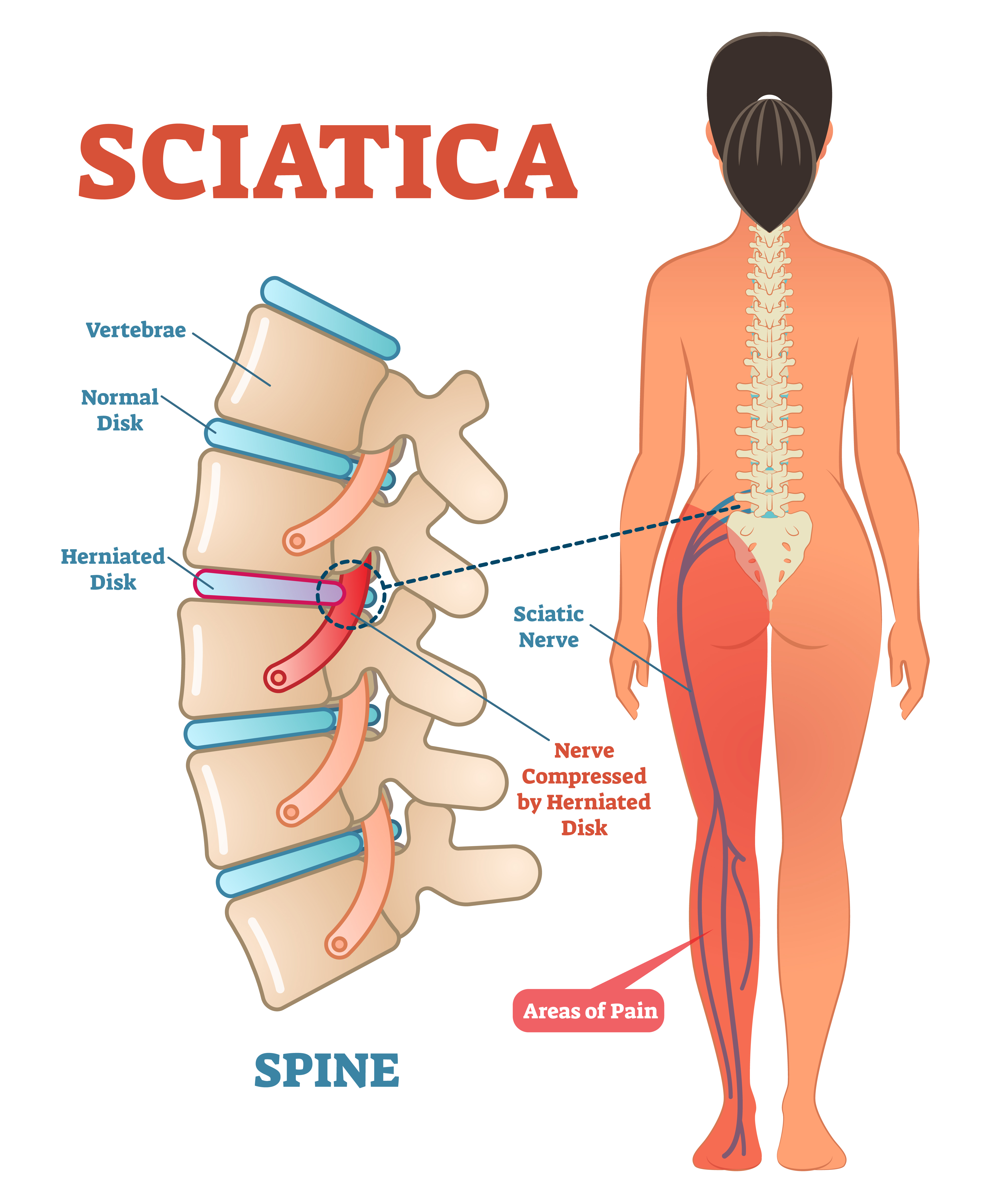
Causes of Sciatica
There are several causes of Sciatica, the most common of them being a herniated (slipped) disc, meaning the soft inner material of your disc leaks out, or herniates. The leakage passes through the outer core of your disc and hits the root of your sciatic nerve, irritating it. Slipped discs are often caused by improper use of your back, so practising things like a proper back posture and lifting techniques can go a long way. For example, when lifting heavy objects, you can keep your back straight by crouching down with your legs, sticking your buttock outward and not allowing your knees to go over your feet. to pick up the item, helping to put pressure on your feet instead of your back.
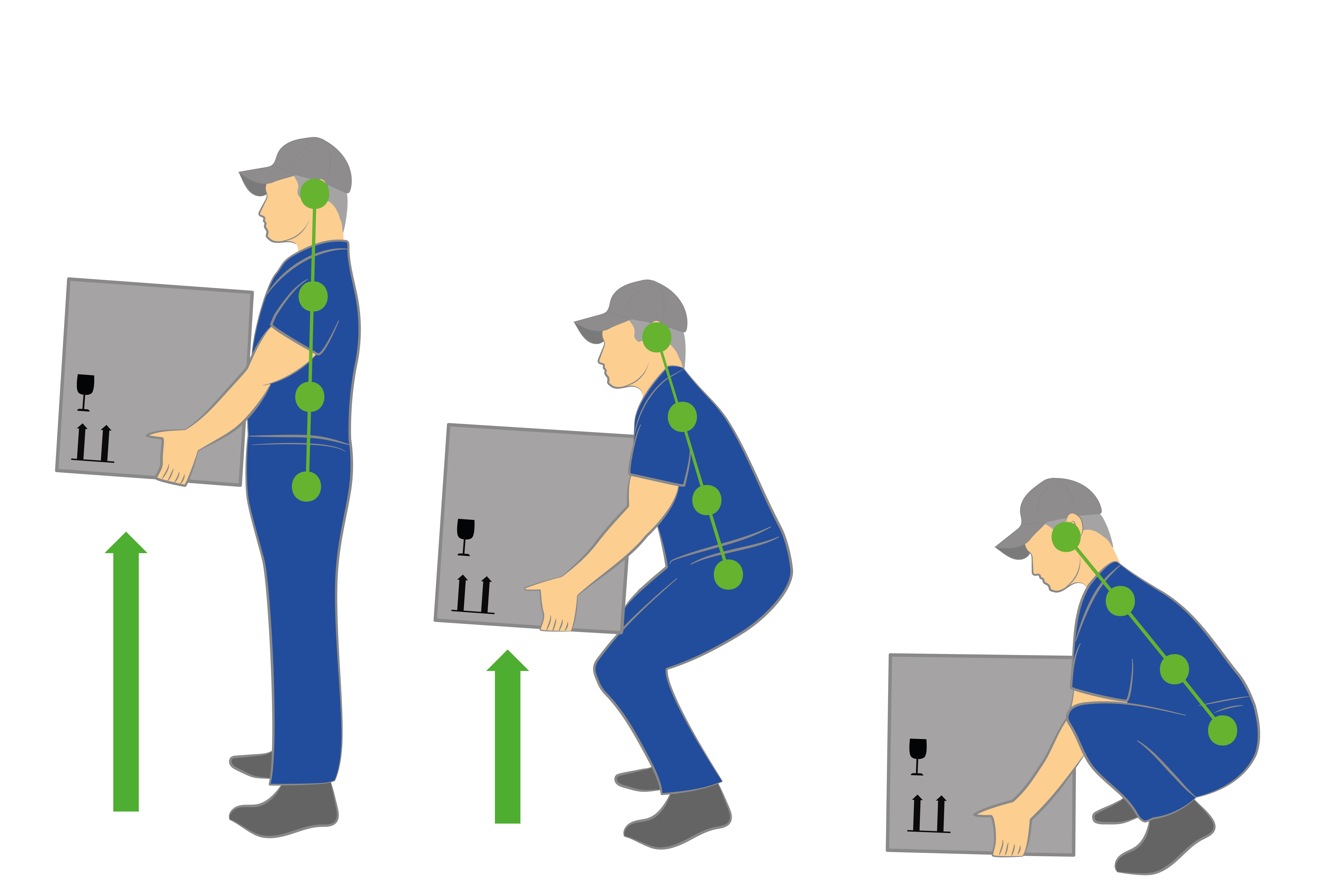
Degenerative disc disease is a type of disease where your disc begins to degenerate. Whilst your disc does naturally degenerate somewhat as you age, this disease can cause accelerated degeneration, which can also irritate your sciatic nerve and cause sciatica. Smoking can also encourage disc degeneration, so you may want to consider easing off the cigarettes.
Lumbar Spinal Stenosis is a condition that causes narrowing of your spinal canal. It has a direct connection to ageing, being most common in adults aged 60 or over. This narrowing of your pine can result in enlarged facet joints (joints located in your spine), overgrowth of soft tissue and disc bulging, all of which can cause sciatica. Again, making sure you have a good back posture and staying active are good ways to help prevent Lumbar Spinal Stenosis.
Who does Sciatica Affect?
There are certain factors which can increase your likelihood of suffering from sciatica. Let’s take a look at some of them:
- Age - Sciatica tends to be more common in people aged 30 and 50.
- Diabetes - High blood sugar can damage the small blood vessels which supply your nerves, increasing the risk of nerve damage (this is referred to as Diabetic Nephropathy).
- Posture - Improper posture and poor lifting techniques can damage your nerves over-time.
- Inherited Spine Abnormalities - High blood sugar can damage the small blood vessels which supply your nerves, increasing the risk of nerve damage (this is referred to as Diabetic Nephropathy).
Ways to Relieve Pain
Generally speaking, there are many ways to help ease the symptoms of sciatica, as exercise, stretching and pain killers such as ibuprofen can often be enough to do the job (although we advise you speak with your GP before taking any medication). However, in some cases the pain caused by sciatica can be too severe for exercise and pain killers to resolve alone. When this is the case, there are a few other treatments which you can try:
Heat and Ice Packs can be applied to alleviate pain. They can be especially useful in the earlier stages of sciatica but can still help in later stages. Applying a heat or ice pack for approximately 20 minutes and repeating the process every two hours is a recommended strategy.
Medical Aids such as back braces can also help with relieving pain. They do this by helping your core muscles to absorb different forces that are endured during daily activities such as walking, bending and turning. By doing this, pain can be alleviated. We recommend the Actesso Advanced Back Support.
If these treatments are not helping you, then your injury may be more severe. In this case, you should seek medical attention, as there is a possibility that surgery may be required.
We hope this blog helped you understand sciatica a little better, and hopefully these treatments can help to relieve you of some pain. We wish you the best of luck!
References:
https://www.nhs.uk/conditions/sciatica/
https://www.spine-health.com/conditions/sciatica/sciatic-nerve-and-sciatica
https://my.clevelandclinic.org/health/diseases/12792-sciatica
https://www.mayoclinic.org/diseases-conditions/diabetic-neuropathy/symptoms-causes/syc-20371580
https://aeroflowinc.com/need-back-brace-sciatica/
Disclaimer: We are not qualified medical professionals. All information stated from this article has been taken from reputable sources. Please find links to all sources at the bottom of the page.
